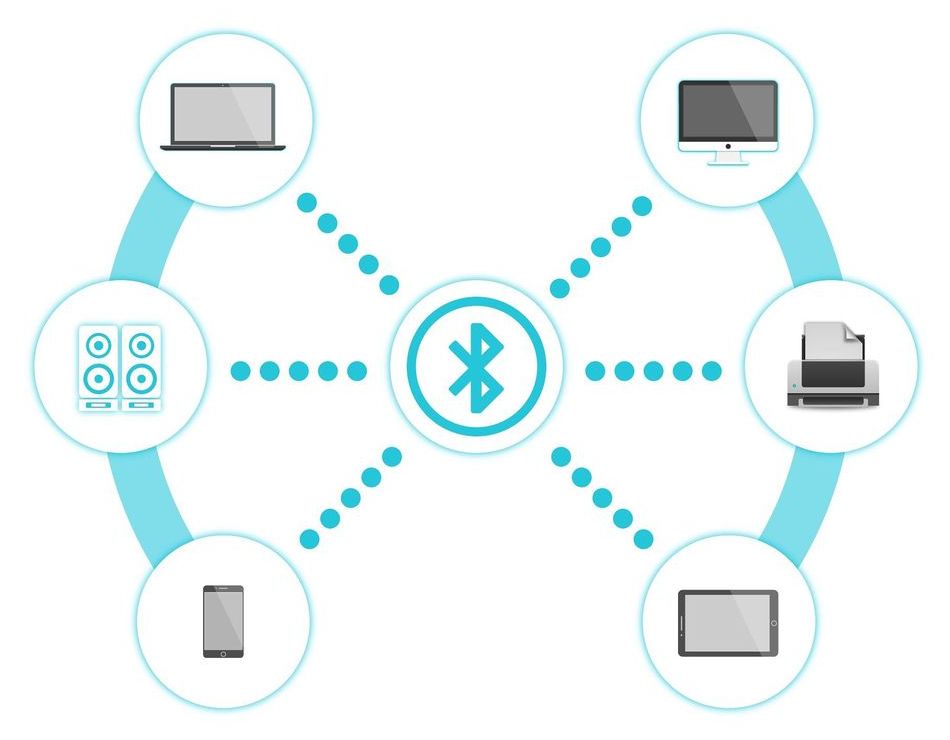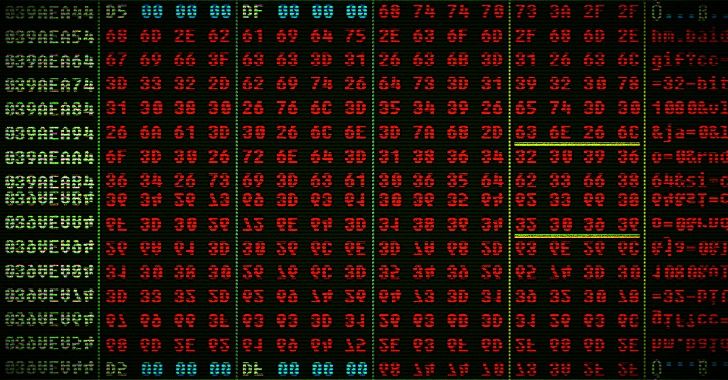Quantum computers could keep it secure like the dwave.
By now, the company is mostly back online.





A flaw in a Bluetooth protocol is leaving millions of devices vulnerable to attacks, according to a study released by a Swiss research institute.
The vulnerability, called Bluetooth Impersonation AttackS (BIAS), allows an intrusion by an attacker posing as a previously trusted Bluetooth device.
“In this paper, we demonstrate that the Bluetooth standard contains vulnerabilities enabling an attacker to impersonate a device and to establish a secure connection with a victim, without possessing the long term key shared by the impersonated device and the victim,” researchers at the Swiss Federal Institute of Technology Lausanne said in their report.

A warning that hackers are exploiting vulnerable email servers doesn’t qualify as an unusual event in general. But when that warning comes from the National Security Agency, and the hackers are some of the most dangerous state-sponsored agents in the world, run-of-the-mill email server hacking becomes significantly more alarming.
On Thursday, the NSA issued an advisory that the Russian hacker group known as Sandworm, a unit of the GRU military intelligence agency, has been actively exploiting a known vulnerability in Exim, a commonly used mail transfer agent—an alternative to bigger players like Exchange and Sendmail—running on email servers around the world. The agency warns that Sandworm has been exploiting vulnerable Exim mail servers since at least August 2019, using the hacked servers as an initial infection point on target systems and likely pivoting to other parts of the victim’s network. And while the NSA hasn’t said who those targets have been, or how many there are, Sandworm’s history as one of the most aggressive and destructive hacking organizations in the world makes any new activity from the group worth noting.
“We still consider this to be one of the most, if not the most aggressive and potentially dangerous actor that we track,” says John Hultquist, the director of intelligence at FireEye, who also led a team at iSight Partners when that company first discovered and named Sandworm in 2014.

The US National Security Agency (NSA) has published today a security alert warning of a new wave of cyberattacks against email servers, attacks conducted by one of Russia’s most advanced cyber-espionage units.
The NSA says that members of Unit 74455 of the GRU Main Center for Special Technologies (GTsST), a division of the Russian military intelligence service, have been attacking email servers running the Exim mail transfer agent (MTA).
Also known as “Sandworm,” this group has been hacking Exim servers since August 2019 by exploiting a critical vulnerability tracked as CVE-2019–10149, the NSA said in a security alert [PDF] shared today with ZDNet.


Microsoft’s security team has issued an advisory today warning organizations around the globe to deploy protections against a new strain of ransomware that has been in the wild over the past two months.
“PonyFinal is a Java-based ransomware that is deployed in human-operated ransomware attacks,” Microsoft said in a series of tweets published today.
Human-operated ransomware is a subsection of the ransomware category. In human-operated ransomware attacks, hackers breach corporate networks and deploy the ransomware themselves.
